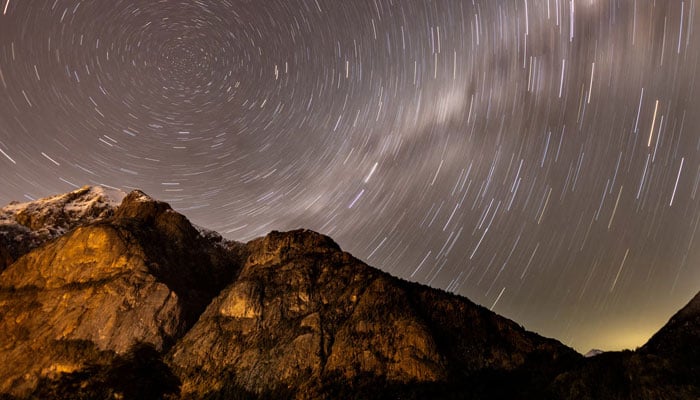August is poised to captivate stargazers with a trio of celestial spectacles, the Full Sturgeon Moon, a rare Jupiter–Venus conjunction, and the dazzling peak of the Perseid meteor shower.
The celestial festivities will commence with the Sturgeon Moon, the eighth full moon of 2025, reaching its maximum brightness at 3:55am EDT on August 9, according to Fox Weather.
The term “Sturgeon Moon” has historical roots in Native American and colonial traditions, marking the time of the year when large freshwater sturgeon were abundant in North American waters.
However, this August will not witness a Blue Moon, as only 12 full moons are occurring this year. The next opportunity to see a Blue Moon, defined as either the second full moon in a calendar month or the third full moon in a season with four events, will not arise until May 2026.
In the days following the full moon, early risers will be in for a treat with a breathtaking planetary conjunction of Jupiter and Venus.
On August 12, these two bright planets will appear exceptionally close together in the predawn sky.
The National Aeronautics and Space Administration (Nasa) advises that the conjunction will be best viewed after 4am EST, though clear visibility of the eastern horizon will be key.
While a telescope is not necessary to witness this striking alignment, using a viewing device could certainly enhance the experience.
Finally, one of the year’s most anticipated astronomical events, the Perseid meteor shower, will reach its peak during the overnight hours of August 11 to 12.
The Perseids, which originate from the dusty debris left behind by Comet Swift-Tuttle, are renowned for their prolific display, potentially producing up to 100 meteors per hour.
Nasa also highlighted that the Perseids are known for producing numerous fireballs, adding to their allure.
In North America, the display can begin as early as 10pm and extend into the pre-dawn hours.


